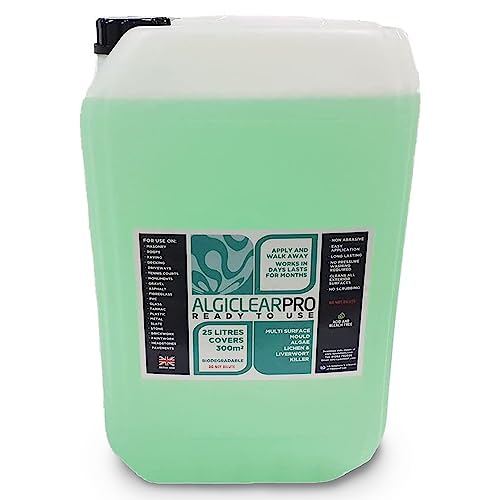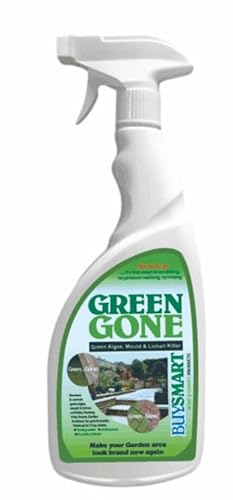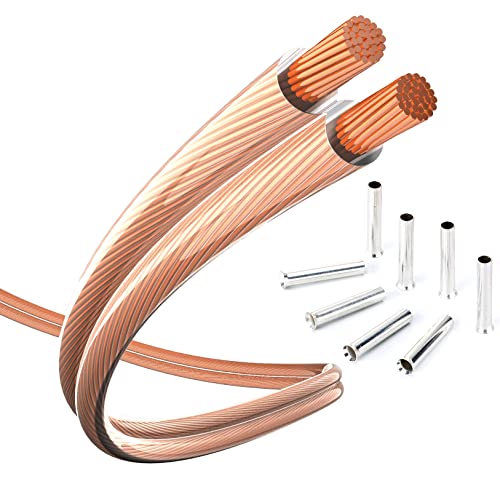Understanding Algae: What You Need to Know Before You Buy
What is Algae and Why Does it Matter?
Algae are simple, autotrophic organisms that thrive in water and can rapidly multiply if conditions are right. In aquariums, ponds, and swimming pools, algae can not only ruin the aesthetic appeal but also impact water quality, harming fish and plant life. Knowing what algae are and how they affect our aquatic environments is crucial before purchasing an algae remover. Algae can flourish due to an excess of nutrients, often from overfeeding fish or excessive sunlight. If we want to maintain a healthy aquatic ecosystem, understanding algae is the first step.
The Different Types of Algae Removers: Which One is Right for You?
Different Formulations for Different Needs
When it comes to algae removers, they generally fall into a few categories: liquid treatments, granular treatments, and UV sterilizers. Liquid treatments are often quick and easy to apply, making them ideal for immediate defence against visible algae. Granular treatments can provide a more prolonged effect, slowly releasing active ingredients over time, which makes them suitable for ongoing maintenance. UV sterilizers work by using light to kill algae spores in the water, ensuring they don’t grow back quickly. Choosing the right type depends on our specific conditions and the extent of the algae problem we’re facing.
How to Choose an Effective Algae Remover: Key Features to Consider
Concentration and Active Ingredients
A critical factor in selecting an algae remover is its concentration and the types of active ingredients it contains. Some products contain specific chemicals aimed at breaking down algae cells, while others might use natural ingredients that are less harmful to fish and plants. Checking the concentration will help us evaluate how effective the product might be for our specific situation. Products with higher concentrations often require smaller doses, providing better value for money.
Safety for Aquatic Life and Surroundings
It’s vital to consider the safety of the algae remover for our aquatic life. Certain chemicals can harm fish or beneficial plants if not used properly. Therefore, products that advertise they are safe for use in aquariums or ponds, with clear guidelines to follow, tend to be more reliable. Additionally, we should consider any product that is eco-friendly, ensuring our actions do not have a detrimental effect on broader environments.
Step-by-Step Guide to Using Algae Removers Successfully
Application Techniques and Timing
To achieve the best results with algae removers, we should follow the manufacturer’s instructions carefully. Start by testing water quality to understand the extent of the problem. Most removers require water to remain still during application, so we need to turn off any filters or pumps if advised. Timely application is also critical; treating algae before it becomes a significant issue often results in better outcomes. For instance, applying when lights are off can sometimes enhance effectiveness.
Monitoring and re-application
After applying the remover, it’s essential to monitor the water conditions over the following weeks. If algae begins to reappear, re-application might be necessary, following the same techniques as before. In some cases, a maintenance dose can provide long-term control. Keeping a regular schedule, informed by our observations in conjunction with the product’s guidelines, will help maintain a clear tank, pond, or pool.
Tips for Maintaining Algae-Free Environments
Routine Cleaning and Water Changes
Regular maintenance is one of the most effective ways to prevent algae blooms. Conducting water changes weekly or bi-weekly helps remove excess nutrients that fuel algae growth. Additionally, keeping our tanks or ponds clean by removing organic debris and detritus will discourage algae from thriving.
Balanced Environment and Natural Predators
Establishing a balanced aquatic environment is essential. This includes ensuring a proper ratio of fish to water volume, maintaining optimal water conditions, and incorporating plants that can compete with algae for nutrients. In some cases, adding specific fish or invertebrates that consume algae can effectively keep populations in check naturally, reducing our reliance on chemical removers.



























